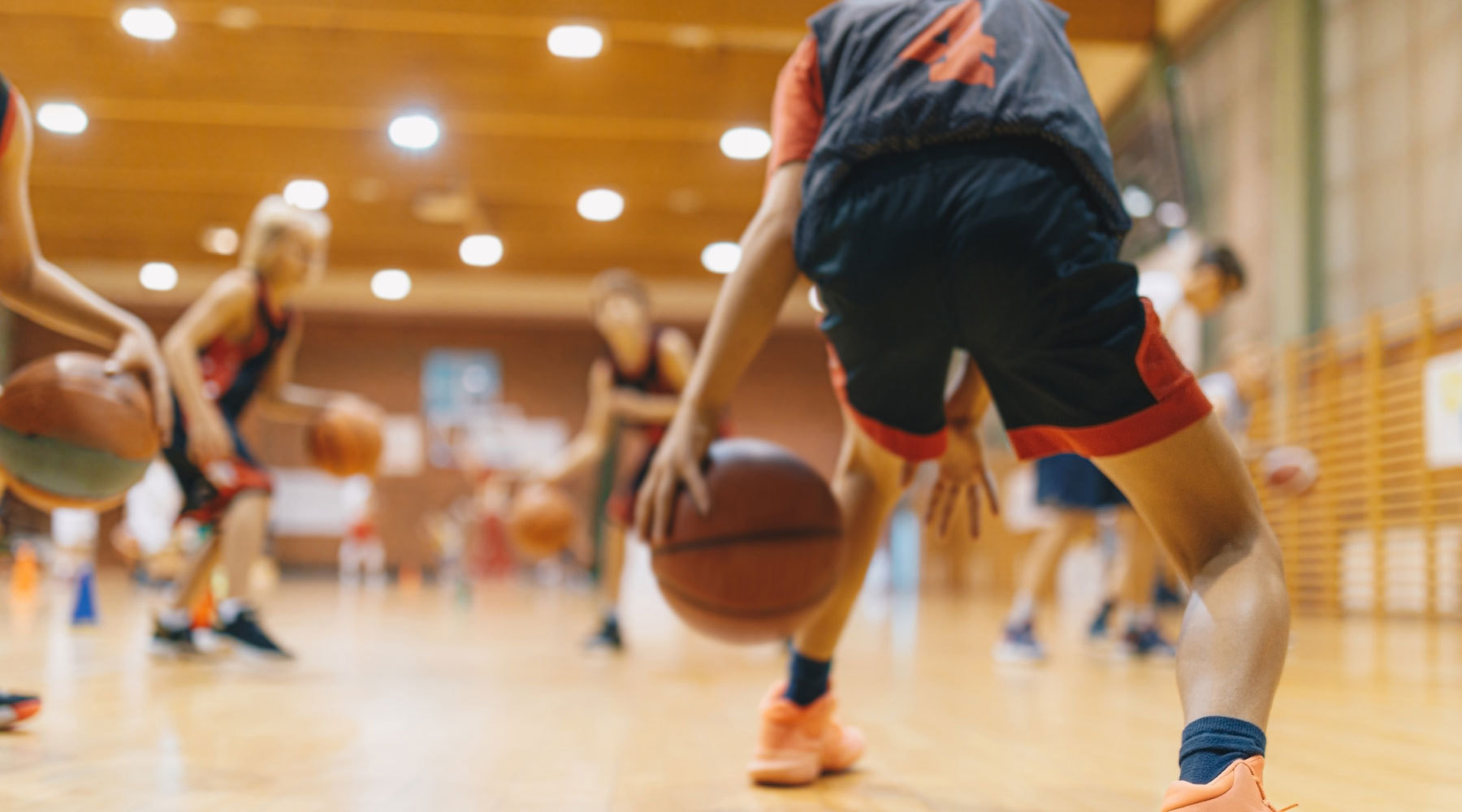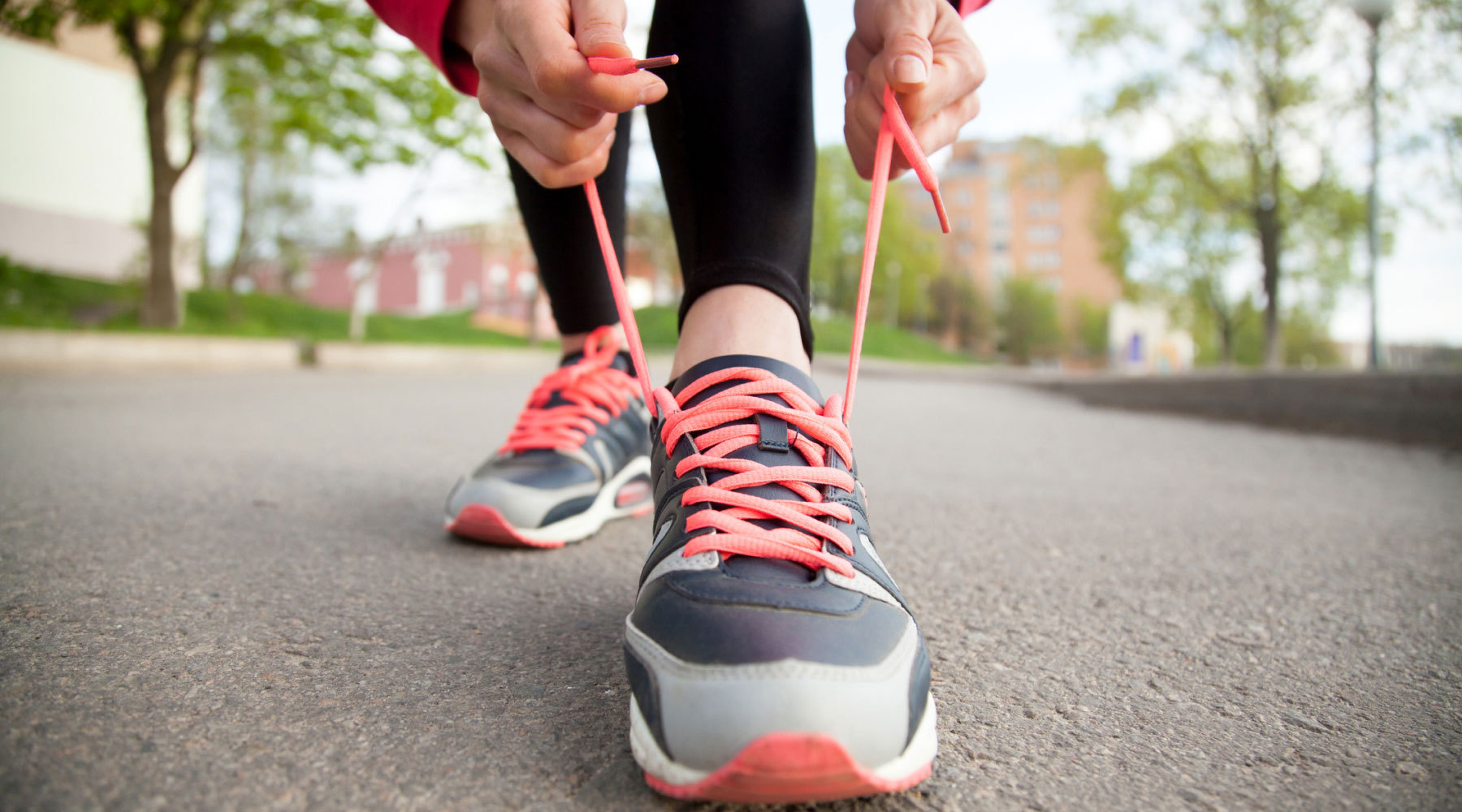
It’s that time of year when bouncing balls have infiltrated gymnasiums everywhere. And, if you’re the parent of a student-athlete, those sounds aren’t exclusive to the gym. They happen in driveways, kitchens, basements, and even off of walls. Basketball fever is here. No, it’s not a sickness.
According to the Sports Business Journal, 27.1 million people in the United States (roughly 8% of the population) dribbled and shot a basketball in 2021, which is 11.5 million more than the country’s second most popular team sport, baseball. All this is to say, 27.1 million people equals 54.2 ankles, knees, arms, and legs, which is a lot of moving variables on the court when it comes to protecting yourself from a basketball-related injury.
We’ve been asked by athletes and parents many times how to prevent injuries in basketball. The truth is that avoiding basketball injuries is never guaranteed, no matter how safe your attempt. With running, jumping, and flailing bodies, there exists a risk regardless of the tactics you take. That said, take the safety-first mindset onto the court with you, and the risk of injury is decreased, and/or the severity of the injury can be minimized.
Common basketball injuries we see during the season
The list isn’t exclusive to these six, but this is a start:
- Ankle sprains
- Jammed fingers and wrists
- Knee injuries
- Foot fractures
- Concussions
- Ankle sprains
Ankle sprains are a fairly common injury as players are in a constant state of motion, running and jumping, while subject to coming down on a fellow player’s foot accidentally, or stopping quick and buckling under potentially poor support offered by the footwear a player is wearing. Having proper footwear (like a hightop sneaker) that protects the ankle with cushion and a wall of reinforcement will greatly reduce the incidence of a sprain.
Jammed fingers and wrists
This is another injury that happens fairly frequently, given the game’s speed and the variables in play. Jamming a finger or wrist while fighting for a rebound or swatting at the ball is a common occurrence. Finger jams are also the result of a ball coming at a player with a lot of speed, the force of which could catch a player off guard and out of position when receiving the pass. This is why you will see some players utilizing finger and/or wrist braces or, simply, medical tape to give more support to these extremities.
Knee injuries
Much like with ankles, a player’s knee can twist and buckle when coming down on another player accidentally, or buckle with the force of quick starts and stops, or collisions with others on the court. Knee injuries can also occur with a lack of stretching before the action commences. Knee braces offer proper cushion and support to help prevent this part of the body from turning or bending the wrong way. Pliability is important in basketball due to the way the body continuously contorts.
Foot fractures
Getting stepped on is part of the game due to the nature of how the action ebbs and flows. This is where a foot fracture can occur (as well as coming back down to the court with overt force after leaping into the air for a loose ball or following a jump shot).
Concussions
Again, with how a basketball game flows, a concussion is a potential injury a player can sustain. Since basketball players regularly leave their feet, they can accidentally get their legs swept out from under them, which could result in hitting the floor hard. Also, due to the physical nature of the game, one could get knocked down to the floor fairly easily and potentially suffer a head injury as well. It’s hard to say what the best way to prevent this type of injury is, other than to keep an eye on your surroundings and, if you’ve sustained a head injury, get it evaluated to ensure it doesn’t progress and to lessen the chances of a more serious injury in the future.
What happens off the court can inform what happens on it
Preventing injuries in basketball starts off the court by practicing proper nutrition and getting good sleep on a regular basis. Good, balanced nutrition and a good sleep schedule help you gain an advantage when it comes to your performance off the court, but they also help your body recover when physical activity ends.
If you’ve sustained an injury playing basketball, don’t hesitate to get it checked out with our team here at Access Sports Medicine. We can help get you on the right track to recovery and back in the game!


